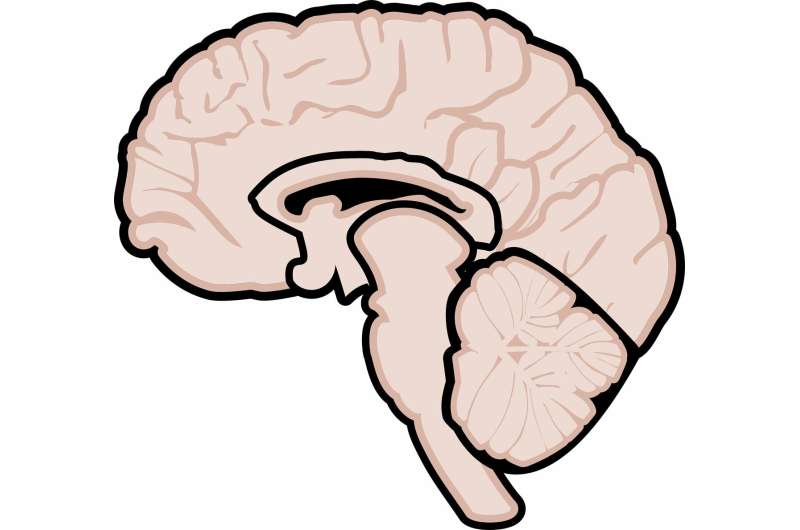
A new study has revealed detailed information on the various ways patients with multiple sclerosis (MS) become disabled, analyzing both the role of relapses on long-term outcomes and the role of worsening that occurs independent of any relapse activity. The study, led by researchers from The Corinne Goldsmith Dickinson Center for Multiple Sclerosis at the Icahn School of Medicine at Mount Sinai and collaborators at Novartis and the University of Oxford and published February 1 in Brain, also shows the benefit of treatment on longer-term outcomes.
Patients with multiple sclerosis become disabled either through relapse-associated worsening (RAW) or progression independent of relapse activity (PIRA). This study addresses the relative contribution of relapses to disability worsening over the course of the disease, how early progression begins, and the extent to which MS therapies delay the onset or worsening of disability.
Using the Novartis-Oxford MSdata pool, spanning all multiple sclerosis phenotypes and pediatric multiple sclerosis, the study team evaluated clinical and MRI data from more than 27,000 patients who had been followed for 15 years or more. They analyzed three datasets: A full analysis dataset containing all observational and randomized controlled clinical trials in which disability relapses were assessed, all phase 3 clinical trials and all placebo-controlled phase 3 clinical trials. They determined the relative importance of RAW and PIRA, investigated the role of relapses on all-cause disability worsening, and observed the impact of the mechanism of worsening and disease-modifying therapies on the time to reach milestone disability levels.
The research analysis revealed that PIRA started early in multiple sclerosis, occurred in all phenotypes and became the principal driver of disability accumulation in the progressive phase of the disease. Relapses significantly increased the hazard of all-cause disability worsening events: Following a year in which relapses occurred (vs. a year without relapses), the hazard increased by 31–48%; all p < 0.001. Pre-existing disability and older age were the principal risk factors for incomplete relapse recovery. For placebo-treated patients with minimal disability (EDSS 1) it took 8.95 years until increased limitation in walking ability (EDSS 4) and 18.48 years to require walking assistance (EDSS 6). Treating patients with DMTs delayed these times significantly by 3.51 years (95% confidence limit: 3.19, 3.96) and by 3.09 years (2.60, 3.72), respectively. In relapsing-remitting multiple sclerosis (RRMS), patients who worsened exclusively due to RAW events took a similar time to reach milestone EDSS values compared with those with PIRA events; the fastest transitions were observed in patients with PIRA and superimposed relapses.
Source: Read Full Article
